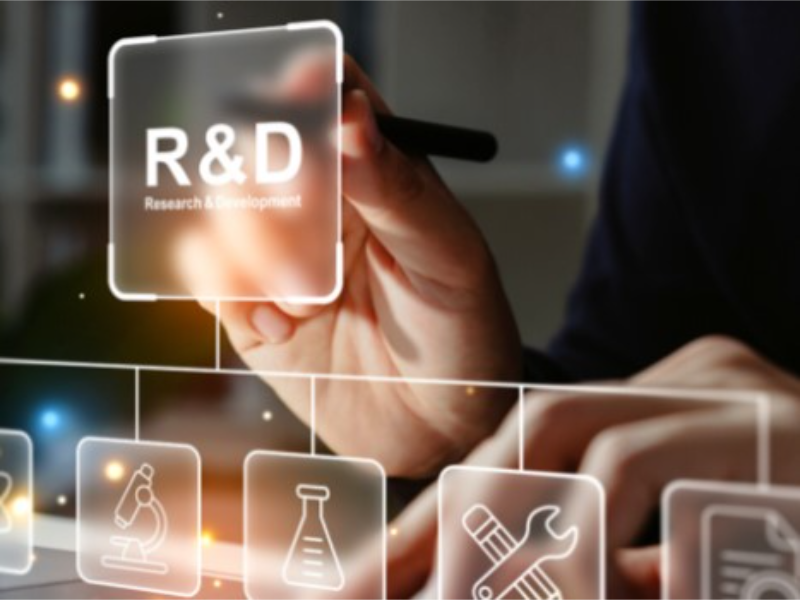- R&D Capitalisation is the process of treating research and development (R&D) cost not as an expense but an asset on a company’s balance sheet.
- R&D Capitalisation not only helps to reflect more accurately the long-term value of a company’s investment, but also avoids short-term fluctuations in profits caused by one-off expensing.
In the world of business, Research and Development (R&D) is a critical component for innovation and growth. However, understanding how to account for R&D expenses can be a bit tricky. One method of accounting for these costs is through R&D capitalisation. This article aims to demystify this concept.
What does R&D capitalisation mean
Research and Development Capitalisation (R&D Capitalisation) is the process by which a company transfers the costs of its research and development (R&D) activities from current expense to asset treatment.
This means that these costs are no longer charged directly to current expenses in the income statement, but are managed as an asset item on the balance sheet and are gradually charged to profit or loss through depreciation or amortisation over the next few years.
Also read: How much does a commercial EV charging station cost?
Why capitalize R&D costs
This treatment of capitalisation has significant implications for a company’s financial statements and tax strategy.
Firstly, it changes the accounting treatment of R&D costs so that these costs no longer directly affect net income in the current period, but are spread over multiple future accounting periods through depreciation or amortisation.
Second, capitalised R&D expenditure can increase a company’s total assets, thereby enhancing its financial health and investment attractiveness.
In addition, some scholars argue that capitalising R&D expenses is a more conservative accounting strategy. This is because capitalised assets are reflected on the balance sheet as part of intangible assets, which gradually depreciate in value over the course of their use.
Therefore, capitalisation not only helps to reflect more accurately the long-term value of a company’s investment, but also avoids short-term fluctuations in profits caused by one-off expensing.
When to capitalize R&D costs
Not all R&D costs can be capitalized. According to the Financial Reporting Standard (FRS) 103, issued by the Accounting Standards Board (ASB) in the UK, R&D costs can be capitalized under certain conditions:
- Technological feasibility: The company must have evidence that the project is technologically feasible.
- Intention to complete: The company must have the intention and resources to complete the project.
- Future economic benefits: It is probable that future economic benefits will flow to the company.
- Able to measure costs reliably: The costs associated with the project can be measured reliably.
Also read: Copilot cost: Is it worth the investment?
How to capitalize R&D costs
The process of capitalizing R&D costs involves several steps:
- Identify eligible costs: Determine which costs are eligible for capitalisation based on the criteria mentioned above.
- Categorize costs: Separate R&D costs into research and development phases.
- Allocate costs: Allocate costs to specific projects or products.
- Capitalize costs: Record the eligible costs as assets on the balance sheet.
- Amortize or impair: Over time, these costs are amortized (spread out over several years) or tested for impairment if their value is in doubt.
Challenges of R&D capitalisation
While there are benefits, R&D capitalisation also comes with challenges:
- Complexity: The process can be complex and requires careful tracking and allocation of costs.
- Accounting standards: Different regions may have different rules and standards for capitalizing R&D costs.
- Risk of impairment: If a project fails or the expected benefits do not materialize, the capitalized costs may need to be written off, impacting the company’s financial health.
R&D capitalisation is a strategic financial decision that can enhance a company’s financial reporting and reflect the long-term value of its innovation efforts. However, it requires careful consideration of the costs involved and adherence to accounting standards.

